Coming to Lazio - the heart of Italy, visitors can explore archaeological wonders, vineyards, charming villages and breathtaking coastline.
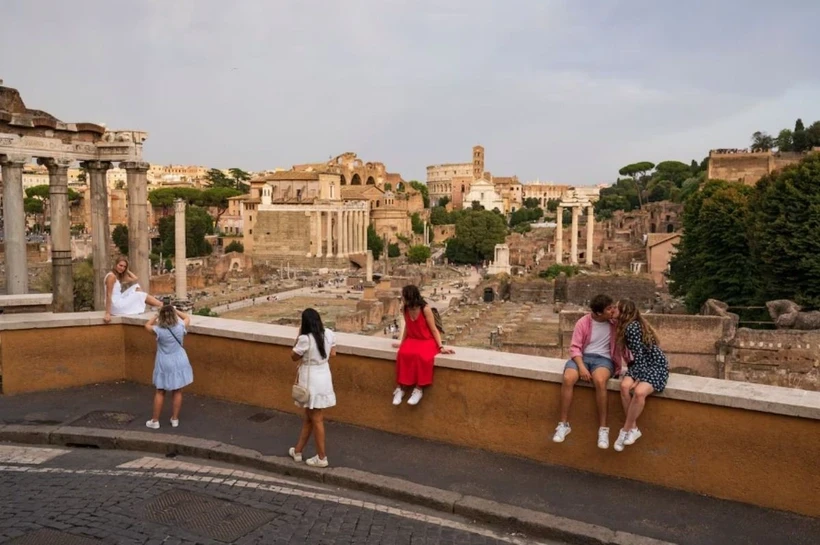
Lazio - the central region of Italy - is home to Rome, the capital of the region and country.
Every year, 7 million tourists visit Rome, coming to the Eternal City to see famous sights such as the Colosseum and the Sistine Chapel of Vatican City, and to enjoy the city's delicious culinary traditions.
Rome's nickname “Caput Mundi” (Capital of the World ) was inspired by the enormous influence that this bygone city and empire held over the world for thousands of years.
Certainly, the city's rich history and culture spans five provinces of Lazio: Frosinone, Latina, Rieti, Rome and Viterbo.
Visitors can discover many treasures to experience “La Dolce Vita” (The Sweet Life) in this region, including fascinating archaeological sites, lavish palaces, charming islands, quaint medieval villages and stunning coastlines. Here are some things you shouldn’t miss in Lazio.
Walking the Appian Way
Less than two miles from the crowds of the Colosseum in Rome, the 8,650-acre (3,500ha) Appian Way Regional Park is the second largest urban park in Europe.
Highlights of the lush landscape are the remains of ancient Rome, including aqueducts and the massive cylindrical Mausoleum of Caecilia Metella – a mausoleum built to honour the daughter of a Roman Consul in the first century BC.
At the heart of the park lies the 2,000-year-old Appian Way, an ingeniously constructed road for soldiers and merchants that stretches 350 miles from Rome to the port town of Brindisi. The road played a key role in the success of the Roman Empire and was recently designated a UNESCO World Heritage Site.
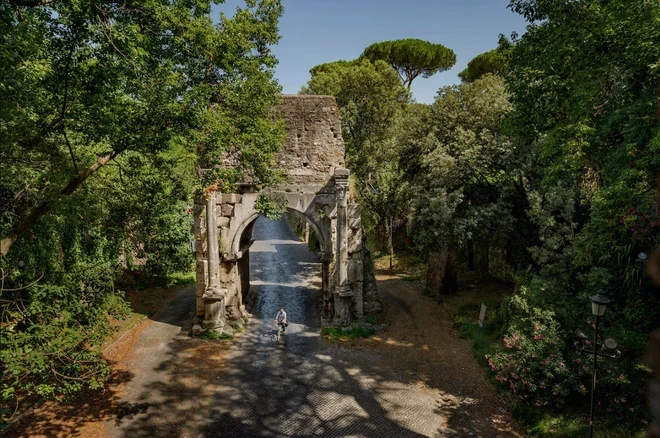
A stroll or cycle along the ancient Via Appia, lined with pine trees and chirping birds, is a simple pleasure. For a delicious lunch, visitors from afar will be warmly welcomed at Hostaria Antica Roma, which serves dishes inspired by ancient Roman dishes, such as patina cotidiana – a tomato-free precursor to lasagna, and tiropatina – a custard tart seasoned with pepper.
Sample classic regional pastas
Lazio's pasta is rooted in simple peasant traditions with sauces made from pecorino cheese - thanks to the country's lamb - and guanciale - a cured pork cheek.
The region's four classic pastas are Gricia, made with guanciale, pecorino and black pepper; Carbonara, with eggs adding flavor to the mixture; Amatriciana, which features tomatoes; and Cacio e Pepe, a vegetarian option that's a hearty blend of pecorino and black pepper. The base of this delicacy is tonnarelli, a thick, square-shaped spaghetti noodle.
For a hands-on pasta experience, join Daniela's Cooking School, based in the chef's home on Rome's Aventine Hill. Classes start at the Testaccio Market, then involve kneading and rolling dough in Daniela's kitchen, and end with lunch in her elegant dining room.
Explore Ostia Antica
A half-hour train ride from Rome takes you to Ostia Antica – a deserted archaeological park of a once prosperous Mediterranean port city – which peaked in the second century AD.
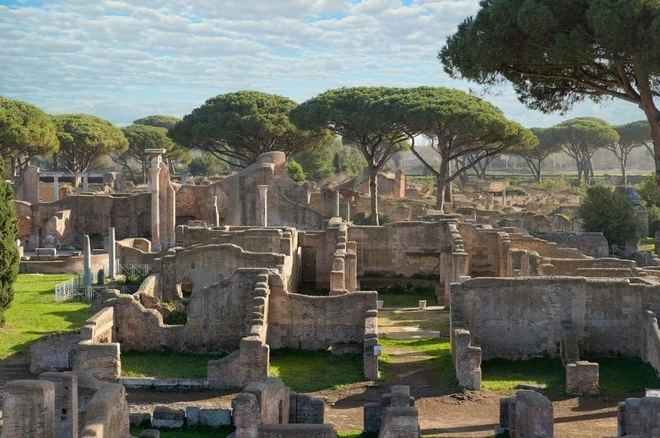
Theatres, temples and simple dwellings offer a glimpse into the daily lives of the locals. In Ostia Antica, visitors can easily visit the nearby coastal town of Ostia for a fresh seafood lunch.
Raise a glass to the best wines in Lazio
In the sixth century BC, winemaking in Lazio began with the Etruscans, who cultivated vines that thrived on volcanic soil hills amid a temperate climate and Tyrrhenian sea breezes.
Roman emperors, medieval monks, popes and Renaissance aristocrats followed suit and helped improve Lazio's viticulture.
The region's innovative winemakers are dedicated to honoring tradition while applying modern sustainable methods so that wines truly capture the flavors of the land without additives.
Two white wines – the light, dry Frascati and the zesty Est! Est! Est! – are the region's signature wines; while the rustic and fruity Cesanese del Piglio is Lazio's classic red.
Rome's wine bars are ideal places for tasting, such as L'Angolo Divino near the Campo dei Fiori market, where the owner, Massimo, can share his expert knowledge of great small local producers.
Take the ferry to Ponza
For a great adventure, visitors can take a ferry to the Pontine Islands, an archipelago of six islands located in the Tyrrhenian Sea, just 23 miles (37km) south of San Felice Circeo.
The largest island, Ponza – about 5.5 miles (nearly 9km) long – welcomes visitors with a lively harbor lined with restaurants, bars and ice cream parlours. It’s the perfect place to sail along the coastline, which is a mix of whitewashed cliffs, emerald caves and hidden coves.
Spend a few days here enjoying Ponza's rocky beaches and exploring the smaller islands, including Ventonone Island, where underwater adventurers can snorkel or scuba dive in the island's marine reserve.
Taste the artichokes
Artichokes (carciofi) grow abundantly in the fertile plains of Lazio. They are often found on restaurant menus – prepared alla Romana (braised with a herb dressing) or alla Giudia (pressed and deep-fried in the style of centuries past).
In spring, restaurants are decorated with bouquets and towers of artichokes. Rural festivals celebrate the vegetable in the villages of Sezze and Ladispoli in mid-April. They often feature music and dancing among stalls serving delicious versions of artichokes.
Visit the architectural wonder of Tivoli
A great day trip to the hills east of Rome takes you to Tivoli, home to two UNESCO World Heritage sites – soak up the architectural wonders from centuries past.
Start at Villa Adriana to explore the ruins of a masterpiece built for Roman Emperor Hadrian in the second century AD.
The ruins of the "ideal city" include baths, gardens, fountains, statues and buildings - reflecting ancient Greek, Egyptian and Roman styles.
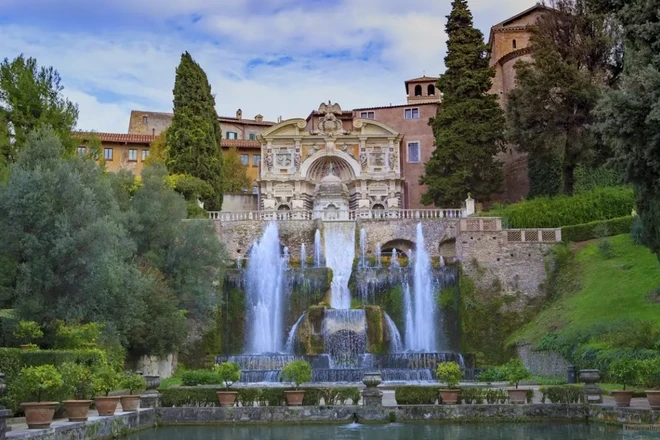
Hadrian's creation inspired the design of earlier villas, including Villa d'Este - where people can visit Renaissance gardens with flowing fountains and a lavish Mannerist-style palace.
Enjoy Pecorino Romano, Per Favore
Lazio's most famous cheese is Pecorino Romano, made from the milk of grass-fed sheep. It originated in ancient Rome when soldiers added it to wheat to stay strong during battle.
Pecorino Romano is on the appetizer menu, an essential ingredient in pasta sauces native to the area; the rich, savory flavor comes from the sheep's diet of grass and herbs, often thyme.
Lazio is also famous for Ricotta Romana (fresh, slightly sour and creamy), made from sheep's milk curd. The Romans have St. Francis of Assisi to thank for this.
Guided food tours in Rome offer food lovers the chance to sample local cheeses at the city's vibrant Campo dei Fiori or Testaccio markets.
Visitors can also head to the northeastern hills of the region for a cheese farm experience and to meet a traditional farming family. While you’re there, plan a cheese lunch in the lush countryside.
Discover the riches of Castelli Romani
Thirteen miles (nearly 21km) south of Rome, Castelli Romani is a rural cluster in the Alban Hills, created by volcanoes long ago and now home to forests, lakes, fertile farmland and 17 charming villages.
The most famous of these are Frascati, famous for its wines and magnificent Renaissance and Baroque Tuscolan villas; and Castel Gandolfo, home to the Pope's summer palace and gardens.
Delicious specialties can be found in Nemi, where strawberries abound in the surrounding woods in the spring. Ariccia is home to casual eateries serving porchetta (roast pork) alongside plates of cured meats and cheeses.
Sports enthusiasts can rent kayaks or sailboats on Lake Albano, Italy's deepest caldera lake. Visitors can also hike, cycle or horseback ride through the hills and meadows of the Castelli Romani Regional Park.
Relax on the beach at Ulysses Riviera
The southern coast of Lazio, with its dramatic cliff curves, charming coves and sparkling sea, has long been a draw for tourists. Named the Ulysses Riviera, the stunning coastline stretches for some 36 miles (nearly 58km) and reaches the border of the Campania region.
In the summer, the atmosphere here becomes more exciting at the beach clubs with colorful umbrellas spread out on the smooth sand.
Highlights of the area include the town of Terracina, where the ruins of a Roman theatre can be found in the historic centre and above it is the impressive Temple of Jupiter Anxur. Don’t miss the chance to sample the locally produced Moscato di Terracina wine before leaving Terracina.
The village of Sperlonga is a gem of a coastal location, perched on a promontory jutting out into the sea, looking like a white stone Greek village surrounded by beaches below.
A walk along the Sperlonga coast leads to a cave where the Roman Emperor Tiberius once held dinner parties and the Museo Archeologico di Sperlonga - home to many giant statues of mythological scenes, such as Ulysses thrusting his spear to blind the one-eyed giant Polyphemus./.
The above is a summary translation of an article by author Susan Van Allen, posted on National Geographic on November 19, 2024.
Source: https://baolangson.vn/10-trai-nghiem-du-khach-khong-the-bo-qua-khi-den-vung-lazio-cua-dat-nuoc-italy-5030070.html









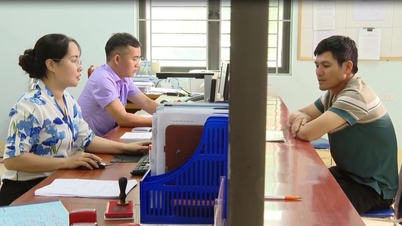




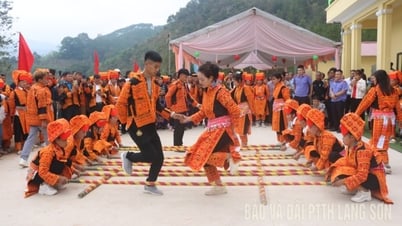

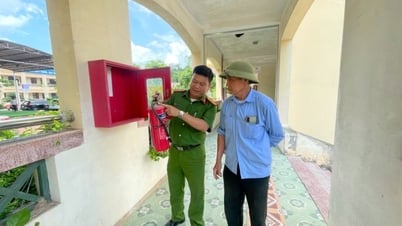
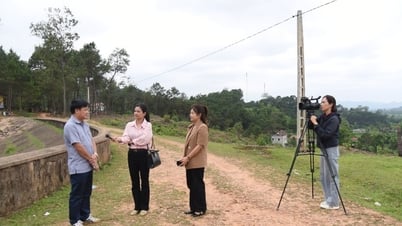

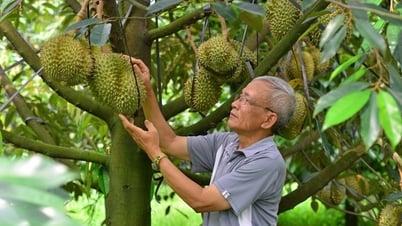






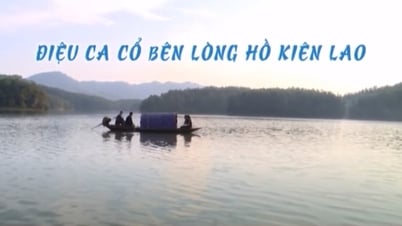


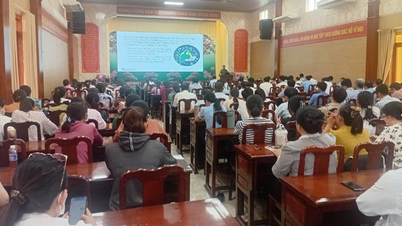































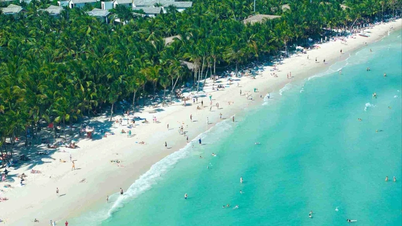










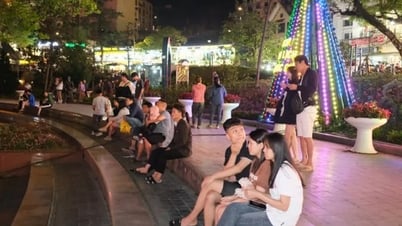
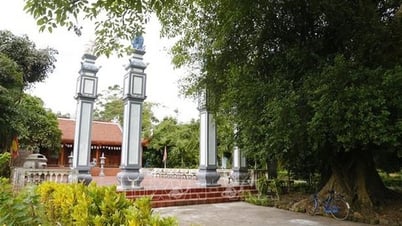

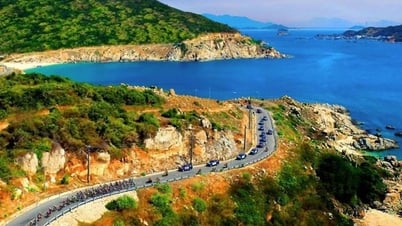
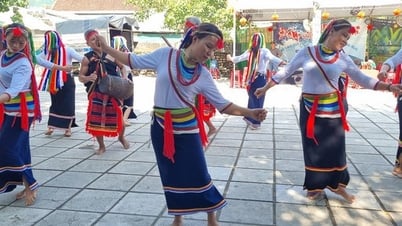


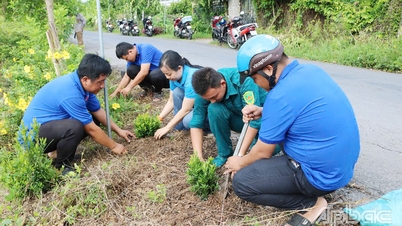
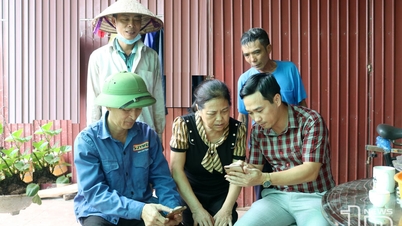

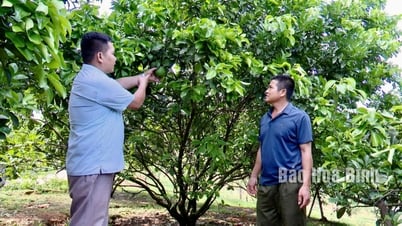

















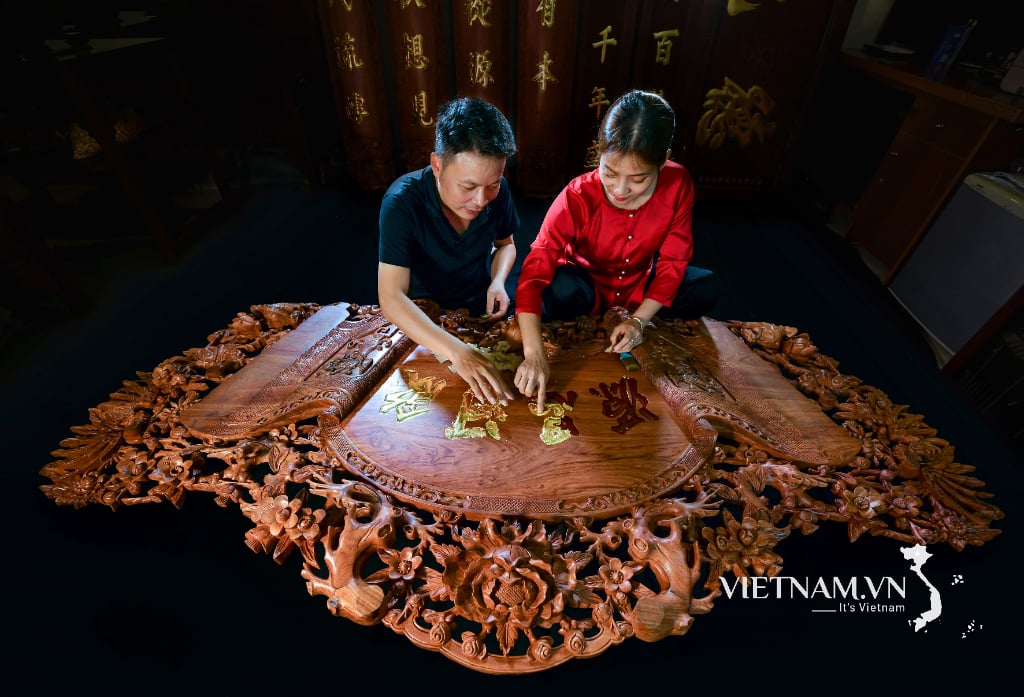
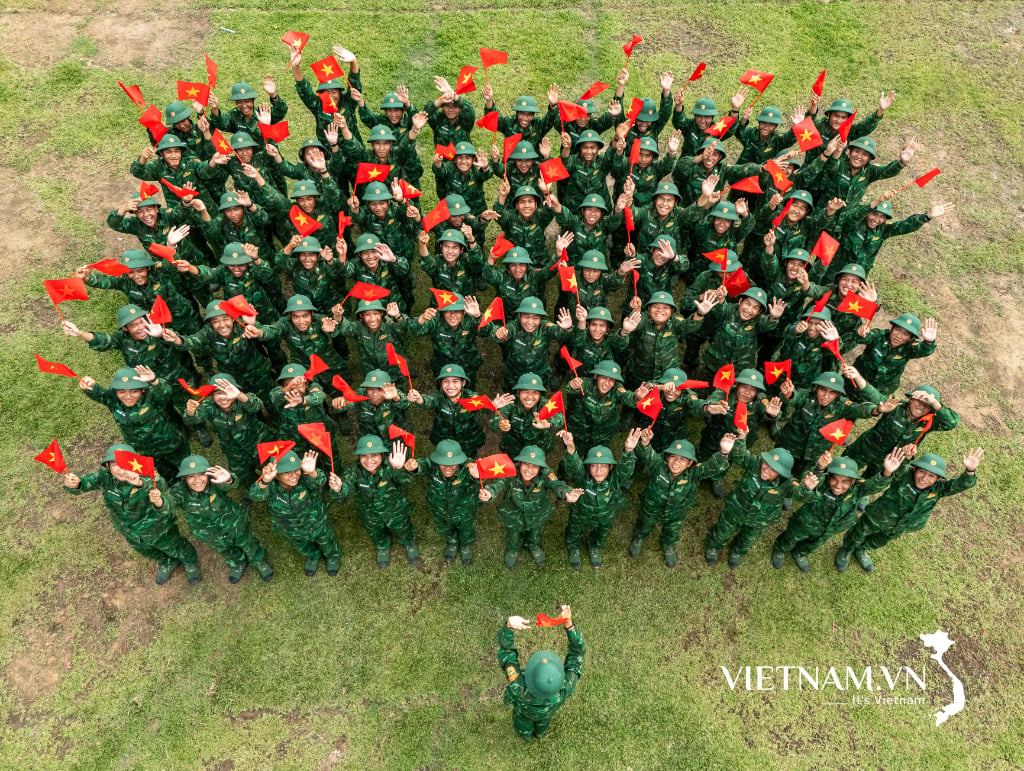
Comment (0)